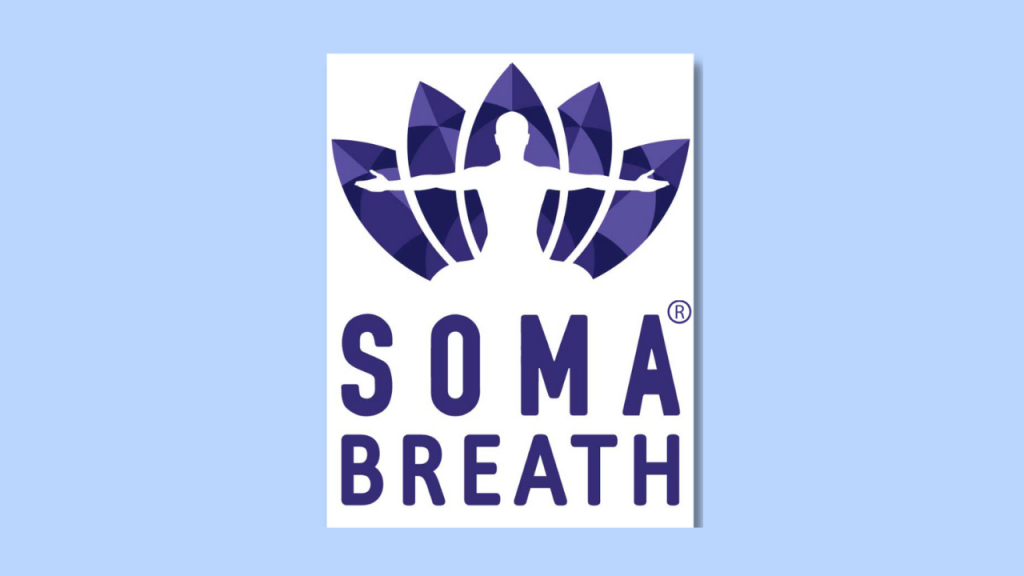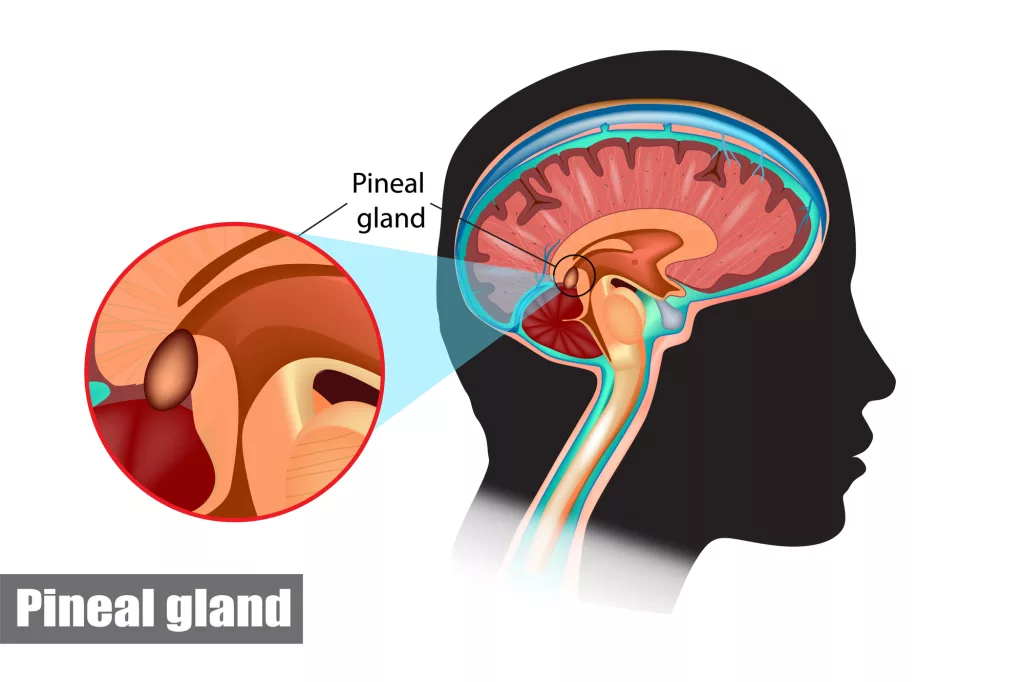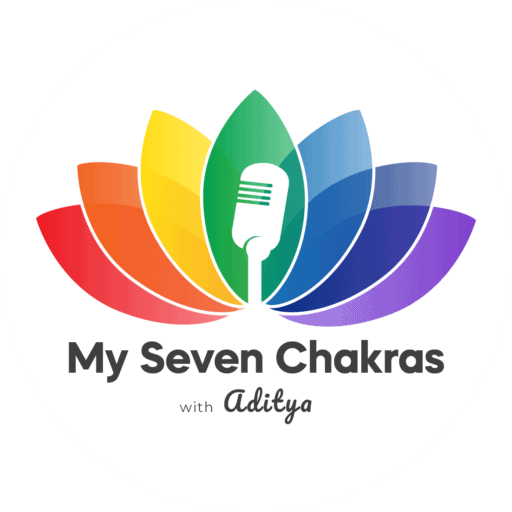DMT breathing: Is DMT Breathwork Better Than Psychedelics? May 2023
Last Updated: May 14, 2023 | by Aditya Jaykumar
Can specific DMT breathing techniques unlock a state of euphoria akin to a natural high?
In this article, we explore the intriguing connection between certain styles of breathwork and heightened sensations of bliss, unraveling the potential for transformative experiences.
Let’s dive deeper.
DMT – the Spirit Molecule – is known to induce perhaps the most outlandish psychedelic in existence.
If you’re a fan of Joe Rogan or Terrence McKenna – two world-famous psychonauts – you’ll have heard zany tales of higher planes of existence, the ever-elusive machine elves, and even conversations with the higher self.
Not in the know?
DMT, or dimethyltryptamine, is a potent psychedelic drug that, for centuries, has been used in South American shamanic religious ceremonies. Its powerful hallucinations are reported to be deeper and more all-encompassing than any other psychedelic – think magic mushrooms or LSD.

Not everyone wants to smoke an ancient chemical to expand their consciousness, however.
But what if we told you that you could experience similar changes in consciousness through a simple yet effective breathing technique?
That’s right, DMT breathing has become increasingly popular in recent years as a way to induce powerful and transformative experiences without the use of plant medicine – the benefits are astounding!
Take a deep breath.

Soma Breath: The Awakening Breath Journey
Supercharge Your Mind, Body & Spirit And Call In Your True Life’s Purpose In This 21 Day Virtual Retreat!
Beginners are welcome as this practice is trauma-informed and parasympathetic in focus.
This virtual retreat is taught through 4 webinar sessions + downloadable guided breathwork meditation and exercises
What is DMT?
DMT, or dimethyltryptamine, is a naturally occurring psychedelic drug famous for inducing powerful and often transformative experiences. It’s produced by several plants and animals – including humans.

In fact, studies suggest that the pineal gland, located at the base of the brain, produces small quantities of DMT (see below).
See the documentary ‘The Spirit Molecule’ for additional information.
What is Ayahuasca?
Unlike psychedelics such as LSD, DMT has a long, storied history, particularly in South America, where ayahuasca is used in religious ceremonies.
This concoction is a brew made from the ayahuasca vine and the leave of the chacruna plant. Unlike ayahuasca, which takes several hours to kick in and lasts for several more, the effects of DMT are immediate, typically lasting for only a short period (usually around 30-60 minutes).
Is DMT produced in the human body?
Scientists are hotly debating the production of DMT in the body.
Some experts believe that the pineal gland – sometimes called the seat of the soul – produces DMT. It’s difficult to measure the effectiveness of the hypothesis, as accessing the pineal gland would likely kill the individual due to the gland’s location.
Nevertheless, animal studies found that even after removing the pineal gland of a rat after death, it was still able to produce DMT. However, the amount produced was very small; and it is rapidly broken down by monoamine oxidase to prevent it from accumulating in the brain.
It’s not so outlandish. DMT is closely related to serotonin and, despite its profound effect, is a relatively simple molecule. That’s led some to consider it a potential neurotransmitter.
Before we go further: it is also worth noting that endogenous DMT production may not necessarily be responsible for altered states of consciousness.
While some researchers suggest it plays a role, others point to factors such as oxygen levels, stress, and physical exercise – also known to affect consciousness.
Nonetheless, the relationship between DMT and altered states of consciousness remains an active research area.
Can Breathwork Induce Altered States of Consciousness
Breathwork is a term used to describe various breathing techniques and exercises designed to improve physical and mental health, increase awareness and calmness, and induce altered states of consciousness.
Experts believe that specific breathing exercises can induce powerful altered states of consciousness comparable to the use of psychedelic drugs.
How It Works
One theory is that the body can produce endogenous DMT through breathing and meditation.
Such production is not likely to equal levels reached through smoking DMT. However, it may be enough to create a psychedelic experience in a person.

Breathwork can be done alone or in groups and can range from simple deep breathing exercises to more complex techniques involving rapid breathing or breath retention.
Practitioners aim to increase their body’s oxygen levels, leading to feelings of euphoria, relaxation, and altered states of consciousness.
What is DMT Breathing or DMT Breathwork?
DMT breathing, also known as DMT breathwork, is a specific type of breathwork practice designed to induce an altered state of consciousness.
Rather than ingesting plants, where there is a significant risk of side effects, DMT breathwork does not require an exogenous source of DMT. It works by naturally increasing endogenous DMT production.
A DMT breathwork session typically involves deep and rhythmic breathing to increase oxygen levels in the blood. This induces a state of relaxation and heightened awareness.
The practice often involves music, meditation, movement, eye-gazing, breath retention and other techniques to enhance the experience.
5 DMT Breathwork Practices That Can Get You High On Your Own Supply!
1. Soma Breath
Soma Breath is a type of DMT breathwork combining ancient pranayama techniques with modern science. It’s said to produce a powerful and transformative experience. The practice involves a combination of nasal breathing, rhythmic breathing, and breath retention and is often accompanied by music and other techniques to enhance the experience.
2. Holotropic Breathwork
Holotropic Breathwork, developed by Dr. Stanislav Grof and Christina Grof, is a way to induce altered states of consciousness and facilitate healing and personal growth.
The practice involves gradually increasing the speed and rhythm of your breath over two to three hours alongside repetitive music. It’s akin to a form of meditation.
3. Rebirthing Breathwork
Rebirthing Breathwork, or conscious energy breathing (CEB), was developed by Leonard Orr and is based on the idea that our first breath at birth sets the tone for our lives.
“Circular breathing” is a key practice where you take quick, shallow breaths without breaks for one to two hours. Participants are told to release emotions and memories from childhood to enhance the quality of the experience.
4. Shamanic Breathwork
Shamanic Breathwork is a type of DMT breathwork that combines shamanic practices with modern breathwork techniques. It involves controlled and conscious breathing similar to circular breathing alongside chakra-attuned music.
5. Wim Hof Breathing
The Wim Hof Method is one of the most popular breathing techniques that combines specific breathing exercises with cold exposure and meditation. The method required 30 to 40 deep breaths. The last exhalation is done extremely slowly, followed by a hold until the urge the breathe occurs.
You then take a single big breath into the lungs and hold it for 15 seconds. Wim Hof advises repeating this cycle three to four times without interval.

Soma Breath
Supercharge Your Mind, Body & Spirit And Call In Your True Life’s Purpose In This 21 Day Virtual Retreat!
This virtual retreat is taught through 4 webinar sessions + downloadable guided breathwork meditation and exercises
Wrapping Up
DMT breathing promises to be a powerful and eye-opening technique, if done correctly.
Whether its effect rivals pure DMT remains to be seen, but we’re eager to hear people’s experiences.
After all, DMT is a chance to reflect on one’s self. To choose to accept or reject our internal spiritual essence.
We encourage our readers to share their experiences and thoughts on this topic, whether it be related to a DMT breathing session, plant medicine, or personal growth in general.
Your stories and insights can help others on their own journeys toward health and wellness.
Share your thoughts in the comments below.
Let’s continue to build a calm, supportive, and engaged community. We’re all here to develop and improve new skills and practices.
References:
https://doubleblindmag.com/breathwork/
https://www.benzinga.com/markets/cannabis/21/02/19356741/does-the-human-brain-make-dmt
https://www.healthline.com/health/pineal-gland-dmt#pineal-gland-activation
https://breathmasters.com/what-is-dmt-breathwork/
https://www.healthline.com/health/what-is-dmt#experience
https://therooster.com/blog/simple-breathing-technique-mimics-effects-dmt





